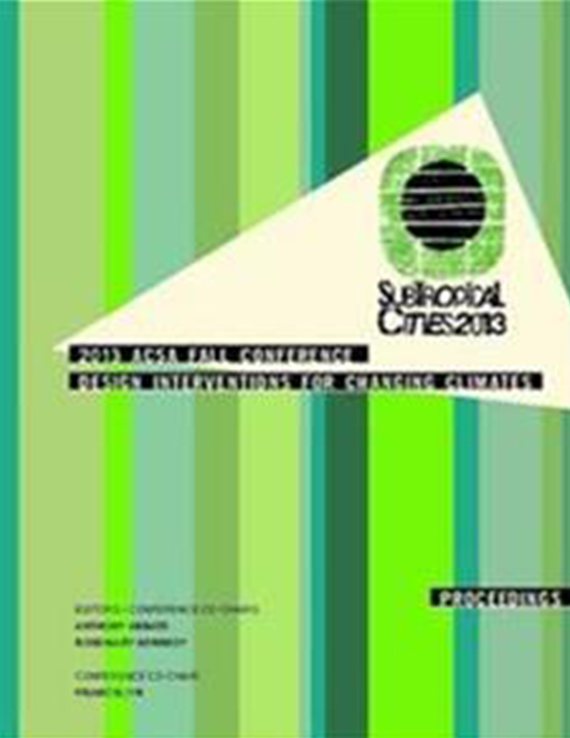Author(s): Peter Richards
Brisbane, the capital of Queensland, in South-East Queensland is situated on the Brisbane River, one of the largest rivers (and floodplains) on the east coast of Australia. The river defines the city and gives it its name. The river has been a natural place to accommodate some population growth for the city with high-density development that capitalises on the natural amenity, cycleways and a string of parks and the flatter land. The major floods of 2011 and the scare of 2013, has seen a more malevolent quality of the river and shift of thinking on its role within the city. The floods have made council, for the first time, acquire prime development sites near the river, with proposals for high density development and made them parks, at great cost. The pressure for population growth in Brisbane remains. 140,000 new dwellings are required by 2031. Brownfield sites are less plentiful and there is interest to rethink of some of the other strategic locations in the city away from the river on higher ground and steeper slopes. Some of these places are currently open spaces.Victoria Park Golf Course sits on a high ridge line and a very strategic part of the city just north of the city centre is one of the few remaining golf courses close to the centre of an Australian capital city. While it is a public course and a valuable community asset, it has been compromised by the recently completed northern busway with two bus stations constructed on its edges. It is bounded on the west and north-east by two major community facilities, the Queensland University of Technology (QUT) to the west and RBW Hospital at its northern end. In a city in need of urban consolidation, perhaps it is time to review the future of the golf course.This question has been investigated as a conjecture in the Master of Architecture program at the QUT. The project has been to re-imagine Victoria Park as a new city parkland and a place that makes an urban connection from the QUT to the hospital. This new urban precinct is be a medium to high-density transit oriented development that capitalises on the bus way stations and the proximity of the university and hospital. The precinct will frame/define/interact with the new major urban park for the city.A key question being addressed is how the design can embody and define principles of a subtropical urbanism. Students are identifying the appropriate street and block structure, density and built form to be accommodated on blocks that define and activate a rich sequence of streets and public spaces. The paper will present a critical overview of the project work that provides a lens to how future professionals may respond to these issue that will be the focus of their professional lives.
Volume Editors
Anthony Abbate, Francis Lyn & Rosemary Kennedy
ISBN
978-0-935502-90-9

 Study Architecture
Study Architecture  ProPEL
ProPEL 
